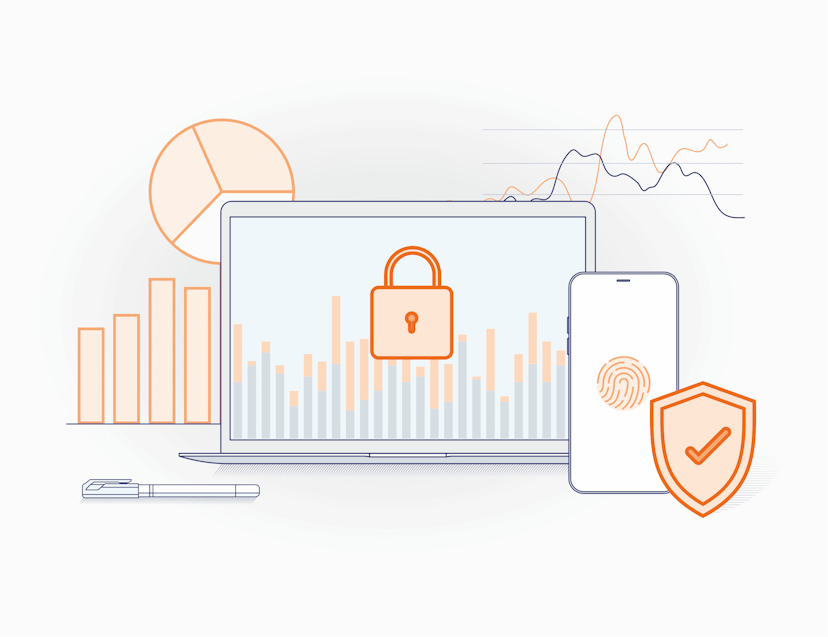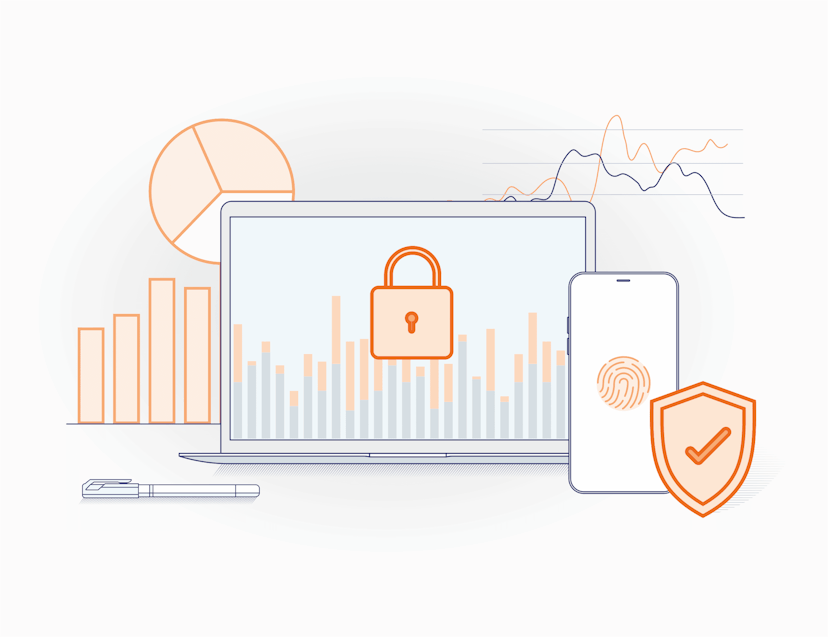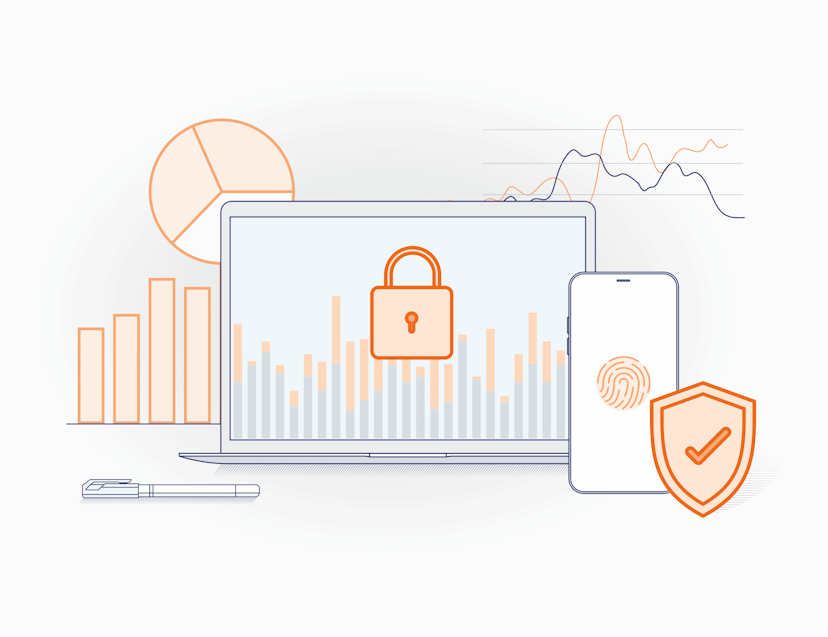Fraud Prevention for E-commerce & Marketplaces
JuicyScore helps online stores and platforms detect payment fraud, prevent account takeovers, and block fake usersbefore they can cause damage. Our device intelligence and behavioral analytics uncover hidden risks at checkout, login, or onboarding — no personal data required.
Book a Demo
Leaders Grow with JuicyScore









Prevent Fraud Before Checkout
Fraud happens fast — from fake accounts and stolen cards to bot activity and refund abuse. Traditional fraud tools can’t always detect device spoofing or behavioral anomalies. JuicyScore gives you a deeper layer of insight into user activity by analyzing device risk, session behavior, and technical patterns in real time. Reduce chargebacks, improve approval rates, and protect your platform’s integrity.

Fewer Chargebacks, More Trusted Users
Block high-risk devices, emulators, and VPN-based traffic
Detect multi-accounting and account takeovers
Identify bot traffic and prevent fake sign-ups
Reduce payment fraud without adding friction
Strengthen trust & safety across your platform

Learn How It Works
Utilizing over 65,000 data points, JuicyScore generates highly predictive risk score models to detect fraud and assess risk in real time. Our output data vector includes device intelligence, user behavioral patterns, internet connection insights, and software data for precise decision-making. Protect your business with advanced fraud prevention while ensuring a seamless customer experience.
Learn more
Our Clients’ Success Stories
Related Articles
Discover Other Products
See How We Spot Fraud Before It Happens — Book Your Expert Session
See It in Action with a Real Expert
Get a live session with our specialist who will show how your business can detect fraud attempts in real time.
Explore Real Device Insights in Action
Learn how unique device fingerprints help you link returning users and separate real customers from fraudsters.
Understand Common Fraud Scenarios
Get insights into the main fraud tactics targeting your market — and see how to block them.
Our Contacts:
Phone:+971 50 371 9151
Email:sales@juicyscore.ai
Leading Brands Trust JuicyScore:
Get in touch with us
Our dedicated experts will reach out to you promptly









